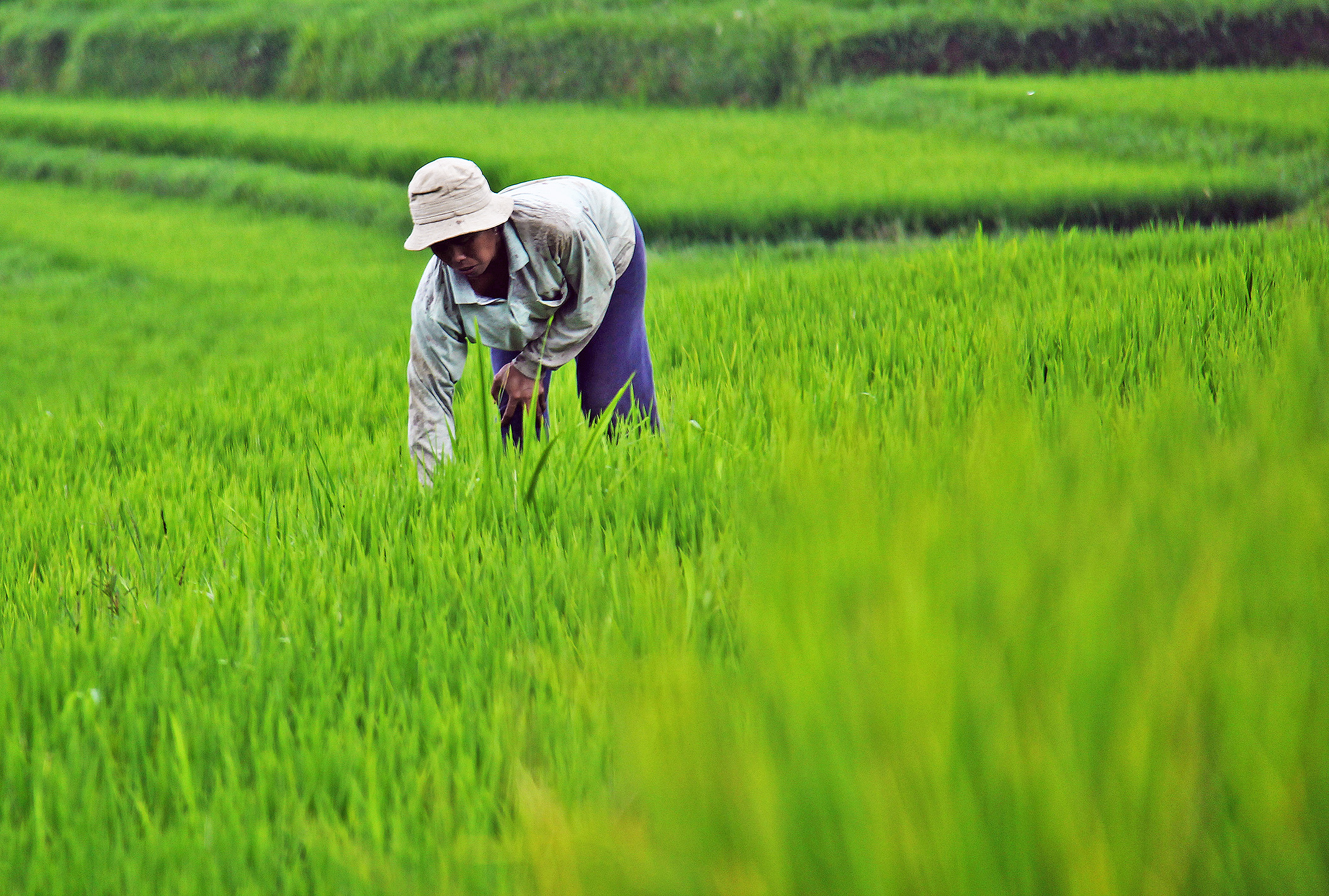
Rice farming is vital to global food security but can also have negative environmental impacts. Fortunately, farmers can resort to sustainable agriculture to reduce their ecological footprint. These include using pest management, minimum tillage practices, and new irrigation methods. Additionally, many new technologies help farmers increase their yields. They only have to use minimal resources. These methods include precision planting. Farmers can protect the environment and improve their bottom line by adopting these sustainable practices and technologies.






